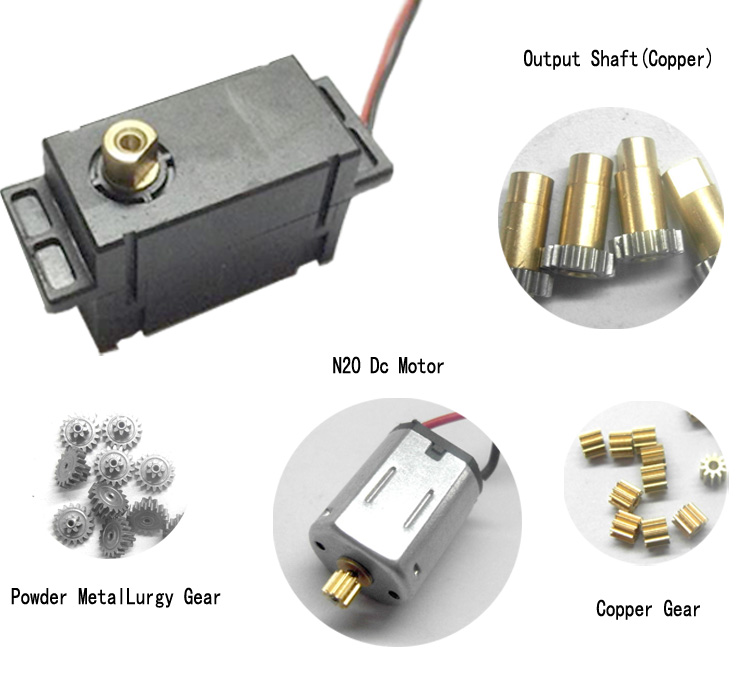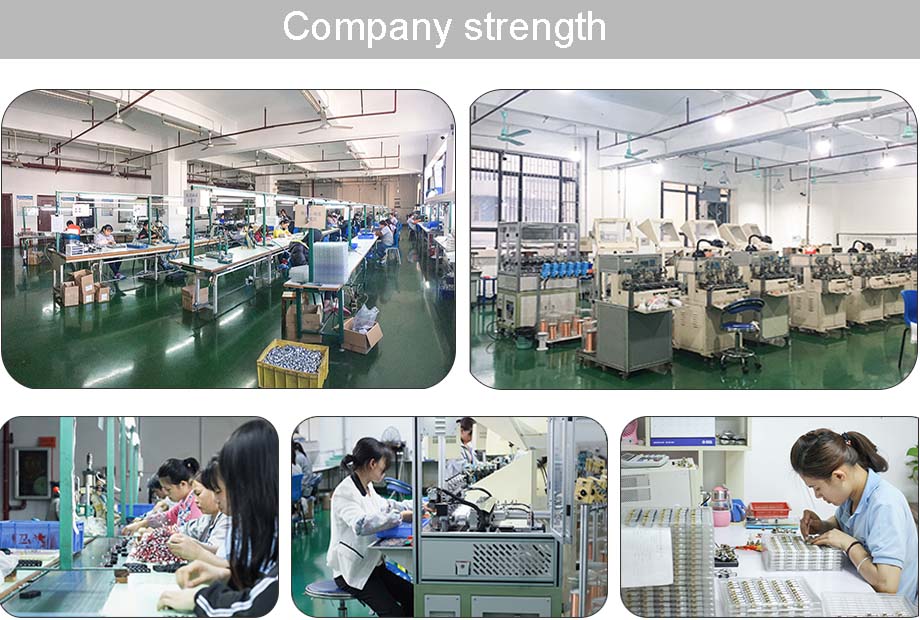In 2016, defining, designing, and deploying a low-power wide area network (LPWAN) for the Internet of Things (IoT) is becoming the best weapon for making up the shortcomings of the IoT network layer and the M2M connection. According to major manufacturers' plans for cellular Internet of Things, plus commercial acceleration such as SigFox and LoRa, 2016 will become a major milestone in the development of LPWAN...
Currently, there are two types of wireless network connection methods: wide area and local area. The local area connection methods are mainly Wi-Fi, Bluetooth, Zigbee, etc., which is also a popular network technology adopted by terminals such as smart homes, wearable devices, and intelligent hardware; in terms of wide-area connection, more is currently provided by telecom operators. Cellular network connections, 3G, 4G or 5G technologies being planned can promote the landing of the network layer to a certain extent. However, the widespread use of cellular networks for interconnection may adversely affect transmission costs and power consumption.
Exclusive technology and 4G cellular technology to capture low-power WAN
It seems that in 2016, the competition for defining, designing, and deploying low-power wide area networks (LPWANs) for the Internet of Things (IoT) will continue. LPWAN is becoming the best solution for the IoT network layer and M2M connection. arms.
According to recent research by Machina Research, a strategic market intelligence provider in the Internet of Things, as of the end of 2015, low-power WAN access equipment has tripled globally, reaching 23.2 million.
Take the most mature LoRa technology in LPWAN technology as an example. It has high sensitivity, low power consumption, high penetration, and high reliability. It can be applied to wireless AMR, IoT sensors, smoke, gas detection, and traffic. And access control and other fields. At present, at least nine operators (including Orange) have announced plans to deploy LoRa networks. Among them, the latest operator TaTa Communications announced in November 2015 that it will deploy LoRa networks throughout India.
As the first low-power wide-area network alliance, the LoRa Alliance has reached 130 members in the alliance six months ago, covering chips, modules, software developers, OEMs and operators.
At the same time, the mobile industry has recently shown a greater sense of urgency than the scenes seen six months ago, and they have made a fuss about the 3GPP standards. According to the report of Machina Research, the connection between things and things currently carried on the mobile communication network only accounts for 6% of the total number of connections. Such a low proportion is a scene that the mobile communication industry does not want to see. Although some of the details are still not fully resolved, as far as the current situation is concerned, it is expected that by March 2016, 3GPP's standardization work on NB-IOT will be frozen. With the completion of the standardization process, NB-IOT technology will go to commercial scale.
At this year's MWC2016, Ericsson demonstrated low-power wide-area (LPWA) cellular IoT solutions, including narrowband Internet of Things (NB-IoT), LTE-M? (Cat? M) and EC-EGPRS/EC-GSM for large scale IoT applications.
Huawei hopes that its NB-IoT solution will not only help operators realize the digital transformation of home broadband services, realize smart homes, but also create a ubiquitous cellular Internet of Things for operators, in smart meter reading, smart parking, New business opportunities are opened in areas such as logistics tracking and smart cities. Huawei HiSilicon will launch the NB-IoT commercial chip at the end of September this year, which will be the industry's first commercially available NB-IoT chip.
However, the view from the traditional IoT industry believes that NB-IoT is not suitable for most IoT usage scenarios, and its opportunities are in applications such as car networking that require large network coverage, rather than the traditional Internet of Things. Because most IoT scenarios such as smart door locks, data monitoring, etc. do not require real-time wireless networking, only near-field communication or wired can be done. On the other hand, cost price and power consumption will also become obstacles to the development of NB-IoT. In terms of cost, the cost of NB-IoT module is expected to fall to less than US$5 in the future, but the current price of chips supporting Bluetooth, Thread and ZigBee is only about US$2, and only one of the standard chips is less than the price. One dollar, the huge price gap will undoubtedly cause enterprises to deploy NB-IoT to raise concerns.
However, Gartner has different opinions on this. Although the company predicts that low-power WANs will be one of the top ten IoT technologies in 2017-2018, they point out that the first batch of LPWANs may still be built on proprietary technologies, but in the long run, NB New standards such as IoT will become the mainstream in this field.
Where have semiconductor chip manufacturers moved forward?
Machina Research principal analyst Aapo Markkanen said that until now, in the dedicated low-power WAN field, most of the attention is still focused on the two technical directions of Sigfox and LoRa. In December 2015, STMicroelectronics and Semtech signed a Semtech Lora long-range radio frequency communication technology cooperation agreement, ready to use LoRa technology to increase the market share of STM32 microcontrollers, and enter the mobile operator's Internet of Things and large-scale dedicated Internet market.
Hakim Jaafar, ST STM32 ultra-low-power and network microcontroller marketing manager, said at the launch of his ARM Cortex-M0+ STM32L0 microcontroller new product, there are many chips based on Sub-GHz wireless carrier protocol in the past, but Most of them are difficult to meet market demand because the protocol stack is too large, the chip process is old, and the power consumption cost is too high, so it is difficult to meet the battery-powered modular application. However, the advantage of LoRa is that the protocol stack is more refined, only 32K; second, LoRa suppliers such as Semtech adopt a newer process to make the cost better and lower; third, the transmission distance is farther. Therefore, ST is very optimistic about the development prospects of LoRa and has increased its investment in this field.

Hakim Jaafar, Marketing Manager, STMicroelectronics STM32 Ultra Low Power and Network Microcontroller
However, unlike the integrated SoC solution adopted by the peers, ST currently uses the STM32+Semtech RF separation architecture. Hakim Jaafar explained that SoC products will definitely appear in the company's product roadmap in the future, but not now, because the separation scheme is more flexible. “To enter an emerging market, we must first understand the real needs of our customers, and we must define a SoC at the outset, which is very risky.â€
The same as ST's strategy, including Silicon Labs, Daniel Cooley, vice president of product marketing for the company's Internet of Things, said in a platform for its Wireless Gecko product line that wireless development is a "very difficult" process for many engineers. Antenna tuning, mass production testing, battery life, wireless signal transmission distance, protection from hackers, online updates, and connectivity to ecosystems are key issues that need to be addressed.

Daniel Cooley, Vice President, IoT Product Marketing, Silicon Labs
In order to provide multi-protocol IoT connectivity to customers through a one-stop shop, Silicon Labs integrates ARM Cortex-M4 core, energy-efficient Gecko technology, 2.4GHz radio with up to 19.5dBm output power, and advanced hardware encryption technology in Wireless Gecko SoC. And Simplicity Studio tools for simplifying wireless development, configuration, debugging, and low-power design. The full range of products includes the Blue Gecko series (Bluetooth Smart connection), the Mighty Gecko series (ZigBee and Thread connection), and the Flex Gecko series (proprietary wireless protocol connection).
Although there are a large number of chip vendors entering the LPWAN field, the obvious fact is that in the future, no single technology can cover all practical needs, and any powerful company can't take the industry chain. Compared to local area networks and cellular networks, LPWAN has the advantages of low power consumption and low cost, and it also has fields that are not applicable, such as high speed.
Although what we see in the market is continuous capital investment, numerous ecosystem partners and optimistic news reports, in the next one or two quarters, there is only more substance to truly verify the growth of this market. Sexual development.
Lock Motor product introduction:
Intelligent Lock Motor, also known as electronic locks, the product effectively combines the advantages of traditional electronic locks and electromagnetic lock overcame the electric lock too much noise, electromagnetic lock power shortage and the development of new products, and spiritual compared with electric control lock and magnetic locks, lock its performance more perfect, more obvious advantages.
Functions: it is widely used in various intelligent locks, such as Shared bicycle lock, fingerprint lock, glass lock, safe lock, hotel lock, family lock, inductive smart lock, etc
Features:Lock motor is based on micro precision reducer development, small intelligent micro precision reducer can do 10 mm in diameter, is widely used in safe, locks, smart locks, sensor intelligent lock;
This kind of motor has the characteristics of low noise, low energy consumption, small volume, light quality, high precision, large torque and durability
Method of use: the best stable in horizontal plane, installed on the lock motor output shaft parts, cannot use a hammer to knock, knock prone to press into the dc lock motor drive, may cause damage to internal components, and cannot be used in the case of blocked.

Operating temperature range:
lock motor should be used at a temperature of -10~60℃.
The figures stated in the catalog specifications are based on use at ordinary room temperature catalog specifications re based on use at ordinary room temperature (approximately20~25℃.
If a lock motor is used outside the prescribed temperature range,the grease on the gearhead area will become unable to function normally and the motor will become unable to start.Depending on the temperature conditions ,it may be possible to deal with them by changing the grease of the motor's parts.Please feel free to consult with us about this.
Storage temperature range:
lock motor should be stored ta a temperature of -15~65℃.
In case of storage outside this range,the grease on the gearhead area will become unable to function normally and the motor will become unable to start.
Service life:
The longevity of lock motor is greatly affected by the load conditions , the mode of operation,the environment of use ,etc.Therefore,it is necessary to check the conditions under which the product will actually be used .The following conditions will have a negative effect on longevity.Please consult with us should any of them apply.
â—Use with a load that exceeds the rated torque
â—Frequent starting
â—Momentary reversals of turning direction
â—Impact loads
â—Long-term continuous operation
â—Forced turning using the output shaft
â—Use in which the permitted overhang load or the permitted thrust load is exceeded
â—A pulse drive ,e.g.,a short break,counter electromotive force,PWM control
â—Use of a voltage that is nonstandard as regards the rated voltage
â—Use outside the prescribed temperature or relative-humidity range,or in a special environment.
â—Please consult with us about these or any other conditions of use that may apply,so that we can be sure that you select the most appropriate model.
when it come to volume production,we're a major player as well .each month,we rurn out 600000 units,all of which are compliant with the rohs directive.Have any questions or special needed, please contact us, we have the engineer group and best sales department to service to you
Looking forward to your inquiry. Welcome to our factory.

Lock Motor
Lock Motor,Intelligent Lock Motor,Smart Lock Motor,Fingerprint Lock Motor
Shenzhen Shunchang Motor Co., LTD. , https://www.scgearmotor.com